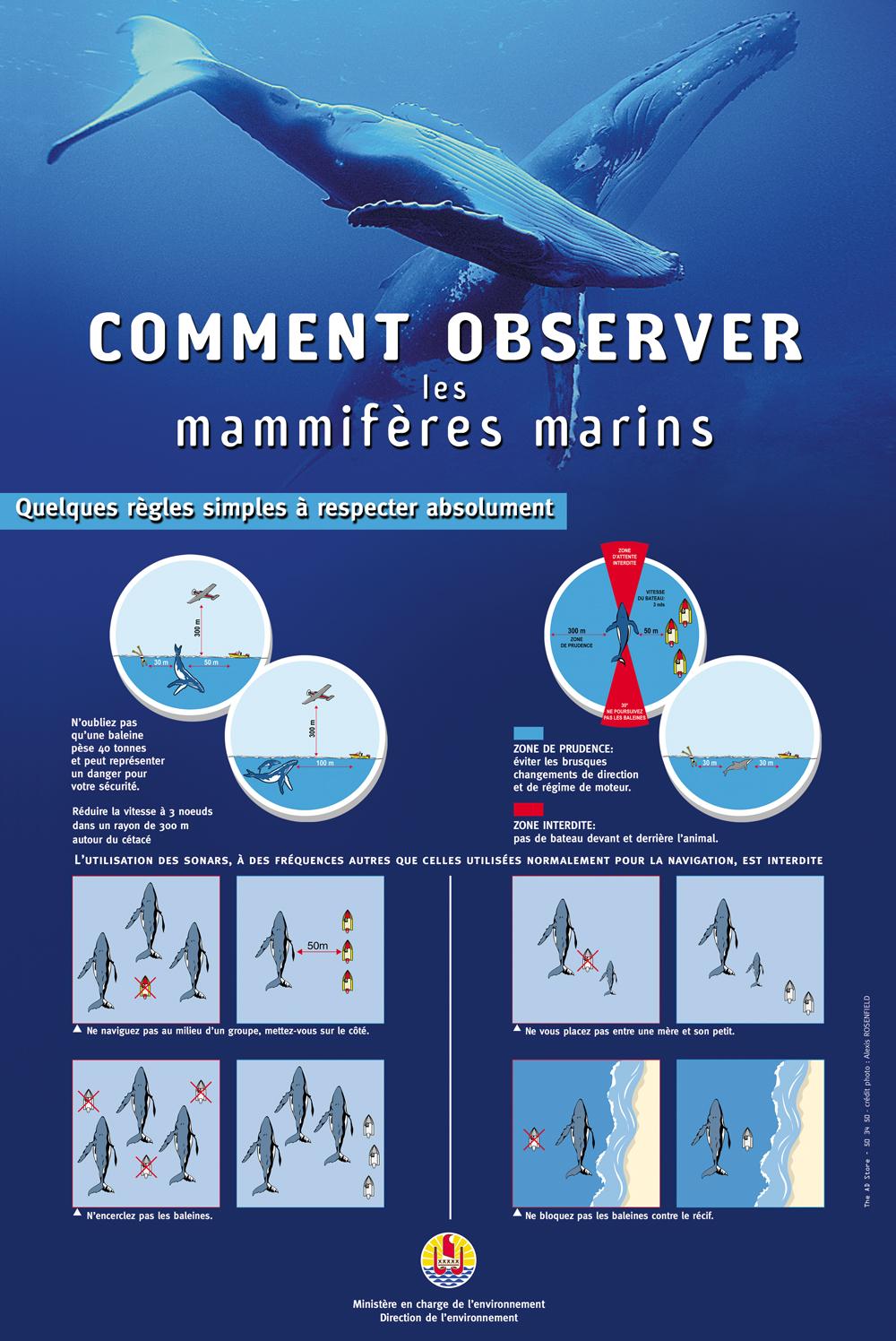
Actus localesenvironnementMarau Biret2021-06-2121Junin2021Maau Biret
©Eva Prezner / Facebook Oceania
Humpback whales arrived in the waters of Polynesia to raise their young there until November. The Oceania Association reminds us of the rules of observation, which have become stricter since 2018, for the benefit of these large mammals.
After a journey of nearly 6,000 kilometres from Antarctica, they began their aquatic ballet in Polynesian waters. Some come to mate there, others come to give birth, and then devote themselves entirely to protecting their calves. During their stay in the Fenua, the whales will fast, until they return to the cold waters of the South Pole, and thus draw on their reserves during this delicate period. This is why they need rest and calm, recalls Malo, Secretary of the Oceania association based in Moorea:
RT @ celection RT @ FirstAidSupport: how to treat a wound created by an impaled object: http: / / bit.ly / xBCb5 # Iranelection # FirstAid # Neda
— Petrov Dempski Sun Jun 21 03:11:35 +0000 2009
An important moment to respect

Since 2002, French Polynesia has become "the largest sanctuary for marine mammals in the world", as La Diren recalls in a statement. The approach of cetaceans is thus strictly regulated. It is forbidden to approach a whale entering the lagoon, in passes or bays, because the whale seeks refuge, to rest or to protect its calf from predators prowling offshore. Any person wishing to offer this activity, either professionally or habitually, must be authorised to do so by the Directorate of the Environment. Vessels must be 100 metres away from individuals for observations at sea and launching must be at least 30 metres away. In all cases, care must always be taken to ensure that launching is done in good conditions and does not disturb the animals. Malo reminds us of these rules, which it is now crucial to apply:
In the event of non-compliance with the regulations, according to the Environmental Code, violators are liable to a fine of up to 980,000 francs proportional to the gravity of the offence. Moreover, the harassment of cetaceans defined as "any manoeuvres or observation activities which would have the consequence of altering the behaviour of animals, forcing them to change direction, speed, duration of immersion, or forcing them to flee or block them against the reef or shore" constitutes an offence punishable by up to 2 years' imprisonment and a fine of up to 17 million francs.
Cetacean protection actors are active on the Fenua. You can find them on the social networks or on their respective websites: the Directorate of the Environment as well as the associations Oceania and Mata Tohora. You can find them on the social networks or on their respective websites: the Directorate of the Environment as well as the associations Oceania and Mata Tohora.







